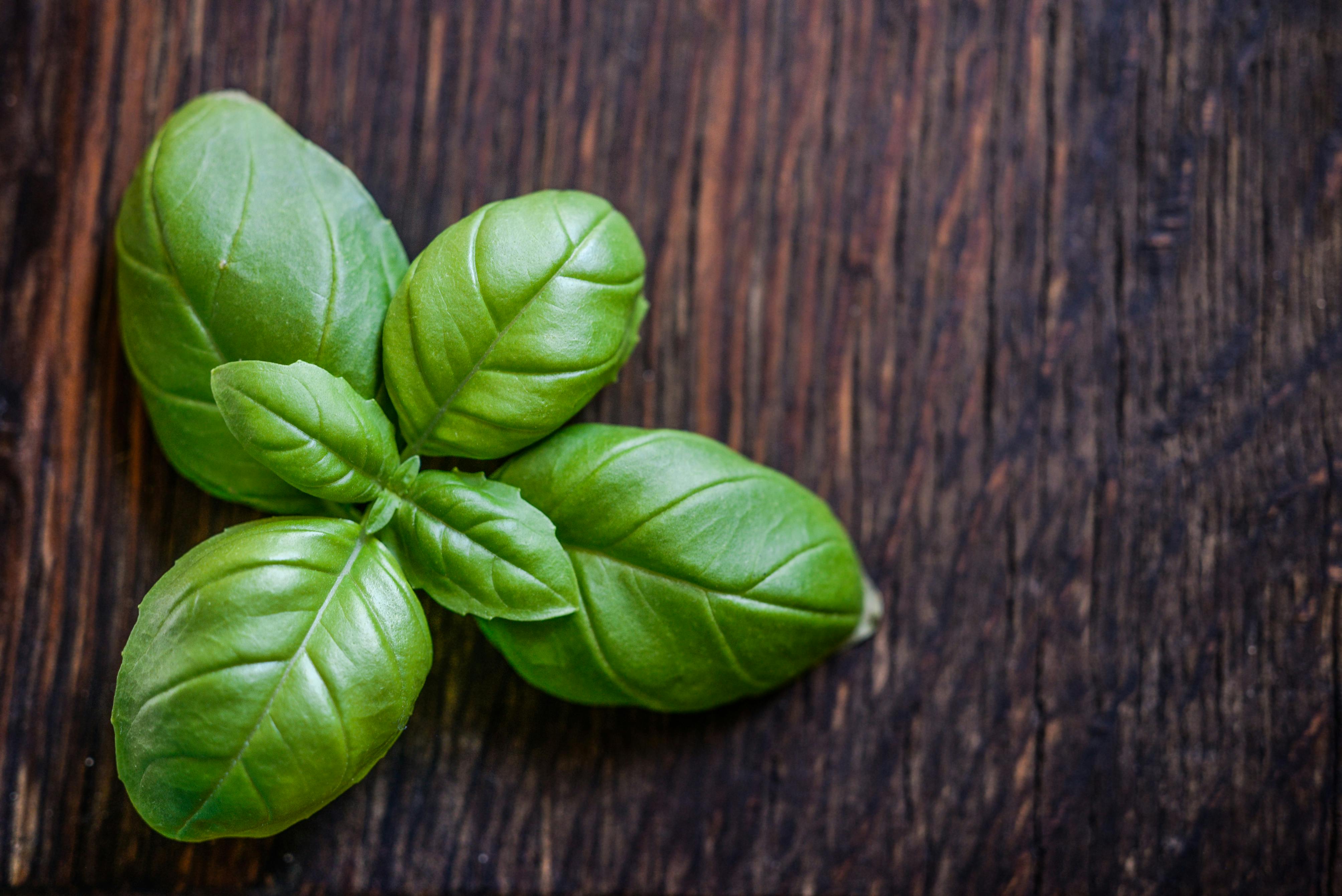Tips on Growing Happy Annual Herbs
Herbs, wonderful fragrant herbs! The smell of basil can make a person start to salivate, or the whiff of cilantro can decide that tacos for dinner that night sounds like a great idea.
Herbs are actually pretty easy to grow for beginners. By harvesting the leaves, they keep giving and giving. This post covers annuals herbs, ones that need to be planted each year. We also have a perennial herb post coming out soon so keep watching!

Basil
A must have for practically any Italian dish. Don’t rush this one to plant in the spring, because they don’t like chilly weather at all. It does well in pots or in the ground. Try not to keep the soil wet all the time, Basil is susceptible to root rot.

Cilantro
If you enjoy cooking Latin American or Asian food you are probably already using Cilantro. When planting Cilantro, keep an eye out later for a flower stalk. This is what stops the plant in its tracks from producing more leaves. Pinch this part off to delay the Cilantro from slowing down, but eventually you will need to start a new plant. This is completely normal. However not all is lost because once it does flower, Coriander is the seed part Cilantro. Harvest the seeds when you see the seed pods turn brown, and let dry.

Lemon Grass
Use for cooking and it’s said to help keep mosquitoes away. The part of Lemon Grass that is used the most is the bottom part of the stalk.

Parsley and Dill
Technically speaking, these two herbs are considered a biennial. This means that the plant completes its life cycle in two years. There are two kinds of parsley, curled and Italian also known as flat leaf parsley. Both are high in vitamin c, and k. Black swallowtail butterflies love both kinds of parsley, and Dill as a food source for the caterpillars. Consider planting 2 plants each so that way you can share. Dill often times will re-seed themselves.

Tarragon
The tarragon that does well for us here in Arkansas is Mexican Tarragon, it holds up to our heat and humidity in the summer and is drought tolerant. However, it is different from French Tarragon because it is an annual. The French version, if it makes it through our summer, is perennial. Both of the Tarragon options can be used interchangeably. The leaves have an anise flavor (licorice), and is used to season fish, vegetables, eggs, and soup.
Citronella
This is actually a scented Geranium called Pelargonium ‘Citronella’. It is very different from the Geraniums grown with big red/pink/white flowers. Citronella is also known as the Mosquito Plant, you rub the leaves to release the scent in the air and to get the oils from the plant on your skin. The citronella scent can deter mosquitos! Keep in mind that this one isn’t edible.
General Growing Tips
Herbs love sun, the more the merrier. This is why it is difficult to grow them indoors without supplemental grow lights.
Don’t over fertilize herbs, especially with synthetic fertilizers. Organic fertilizers such as seaweed or fish emulsion are best.
Harvest herbs after the morning dew, and before the hot afternoon sun for the best flavor.
Keep ’em close if you can, so that they can be a quick snip away when you need them. If you have a sunny spot by your back patio/porch or BBQ grill it makes it fast and easy as you are cooking.